3,500Square Miles
2%Public Land
1,700 - 2,800Elevation Range
- The size of this unit makes an accurate plat map and current PLOTS map essential
- Plan ahead and get landowner permission if you're hunting private property
- LOTS areas are walk-in only and State Trust Lands may have access restricted
- Watch for pronghorn on wheat and alfalfa fields - stop and glass every chance you get
| species | general Size | trophy potential |
|---|
| Antelope | Dummy | Dummy |
Unit 17-A marks an expansion of North Dakota’s secondary pronghorn range into south-central counties. Bounded by ND Highway 3 on the east and covering all of Emmons County along with western portions of Logan and McIntosh counties, this unit introduces pronghorn hunting to an area historically dominated by agriculture and rolling plains.
Like most of the secondary range, Unit 17-A is characterized by a patchwork of farmland, shelterbelts, and native prairie. Antelope are expected to concentrate in open, upland areas with good visibility and minimal human disturbance. While densities will likely be lower than in traditional western units, the new designation reflects growing opportunity in underutilized habitat.
Public access is limited overall but manageable. Hunters will need to make good use of available PLOTS parcels and scattered State Trust Land tracts, especially near the Emmons–Logan county line. Private land access will be key for most rifle hunters, and securing permission early is strongly advised.
The terrain across Unit 17-A is generally gentle and open, with rolling hills and expansive fields dominating the landscape. This region of south-central North Dakota lies well east of the Missouri Plateau, with topography that’s more subtle than the rugged butte country to the west. The land is heavily used for farming and livestock grazing, with many parcels in long-term cropland or hay production. You’ll find the occasional coulee, small creek, or stock dam, but wetlands are sparse and mostly man-made.
The western portions of the unit, especially near the Emmons–Logan county line, feature slightly more elevation change and open range habitat. In contrast, the eastern edge of the unit—defined by ND Highway 3—becomes more fragmented with tighter land ownership patterns and shelterbelt-lined fields. Treeless vistas and short-grass prairie patches do still occur, but hunters should expect a highly agricultural backdrop with selective areas of quality pronghorn terrain.
There are very few natural water bodies in Unit 17-A. Most water sources are cattle ponds, dugouts, and seasonal creek beds, though the unit includes parts of several minor watersheds. Trees are limited to farmsteads, drainages, and riparian strips, with native prairie and mixed grasslands forming the core of antelope habitat.
State Trust Lands and PLOTS properties are scattered across Unit 17-A, with the best public access found in western Emmons and Logan counties. Hunters targeting public areas should look for clusters of connected parcels to create more usable ground. While the unit doesn’t contain any national grasslands, access is generally easy thanks to the prairie road grid and several highways crossing the region. ND Highway 3 forms the eastern boundary, with Highways 13 and 1804 offering convenient travel through the heart of the unit. Most roads are passable and follow a section-line layout, making navigation straightforward.
Grama grass prairies, wheatgrass stands, and patches of mixed native grasses make up the bulk of Unit 17-A’s remaining natural cover. Much of the landscape has been converted to alfalfa, wheat, canola, and corn fields, supported by the region’s moderately productive clay-loam soils. While sagebrush is less dominant here than in western units, scattered patches do occur in drier uplands and along less-disturbed fencelines.
Creek bottoms and low-lying areas feature riparian corridors dominated by cottonwood, with occasional groves of green ash, box elder, and elm. Some isolated shelterbelts and brushy draws provide visual cover and bedding structure, particularly in areas near livestock operations. Hunters may also encounter scattered stands of eastern red cedar, typically around old homesteads and marginal pasture ground.
Motels, campgrounds, and RV parks are located in many of the towns along the major highways in this unit. This allows hunters to pick lodging closest to the area they want to hunt.
Roughly 2,230 square miles
2% public land
Elevations range from ~1,750 to 2,200 ft




